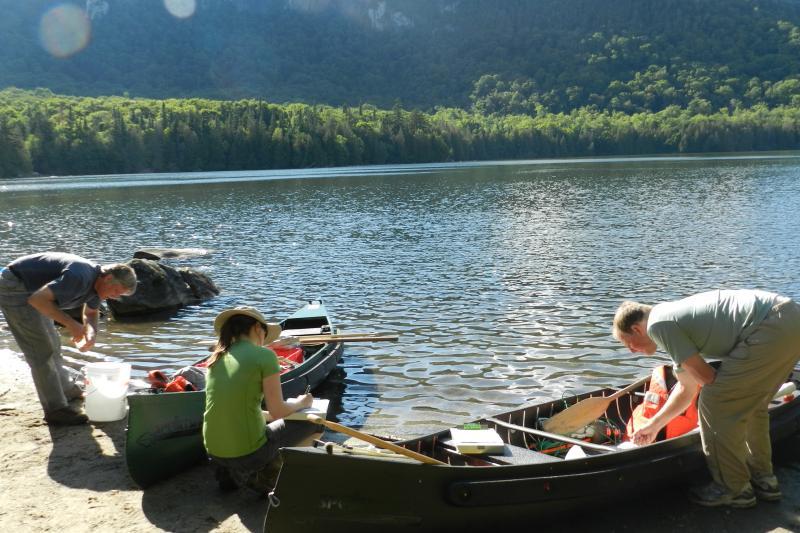EPA Research UpdatesEPA is kicking off a month-long celebration of its progress in conducting innovative research to protect human health and the environment. Since 1970, EPA researchers and partners have provided data, knowledge, and tools to address public health concerns. Read about some notable accomplishments over the last 50 years and the current challenges our researchers are helping to address. In honor of EPA’s 50th anniversary, Dr. Jennifer Orme-Zavaleta is discussing her career with the Agency, which started in 1981. Read about what EPA research was like in its early years and how she hopes it will progress in the years to come. EPA has a dedicated, full-time team focused on how to destroy PFAS-contaminated media and waste. The PFAS Innovative Treatment Team is assessing how well current and emerging PFAS destruction methods work and their potential to create harmful byproducts. This work will ultimately help states, tribes, and communities deal with various sources of PFAS waste, including unused fire retardants, contaminated sewage, and contaminated landfill leachate. For nearly 50 years, EPA has strived to protect and restore the quality of our nation’s waters. These efforts have evolved over time into the National Aquatic Resource Surveys (NARS). The NARS began in the early 2000s as a collaboration between EPA, states, and tribes to provide the public and decision-makers with improved environmental information on the quality of the nation's coastal waters, lakes and reservoirs, rivers and streams, and wetlands. Small businesses are an essential part of the U.S. economy. For nearly 40 years, EPA’s Small Business Innovation Research program has supported small businesses to develop novel technologies that promote clean and safe water, improved air quality, land revitalization, homeland security, sustainable materials management and safer chemicals. Read about some of EPA’s SBIR winners. EPA awarded $3,980,782 in funding to five academic research teams to advance chemical safety. The teams are developing new approach methods for evaluating chemical toxicokinetics, an important aspect of evaluating the impacts of chemicals on human health and the environment. This research will provide critical science to advance our understanding of the impacts of chemicals on human health and the environment. Meet Our Researchers EPA Epidemiologist Jason Sacks works to protect and improve air quality by helping to develop Integrated Science Assessments, which form the scientific basis of the National Ambient Air Quality Standards. Learn more about his work. |
EventsScience Matters is produced by the U.S. Environmental Protection Agency, Office of Research and Development. All content is copyright free and can be reprinted without permission.
Questions or comments? Send us an email.
EPA Research | EPA Science Matters #epa#science#fineartmagazine | 


No comments:
Post a Comment
Note: Only a member of this blog may post a comment.